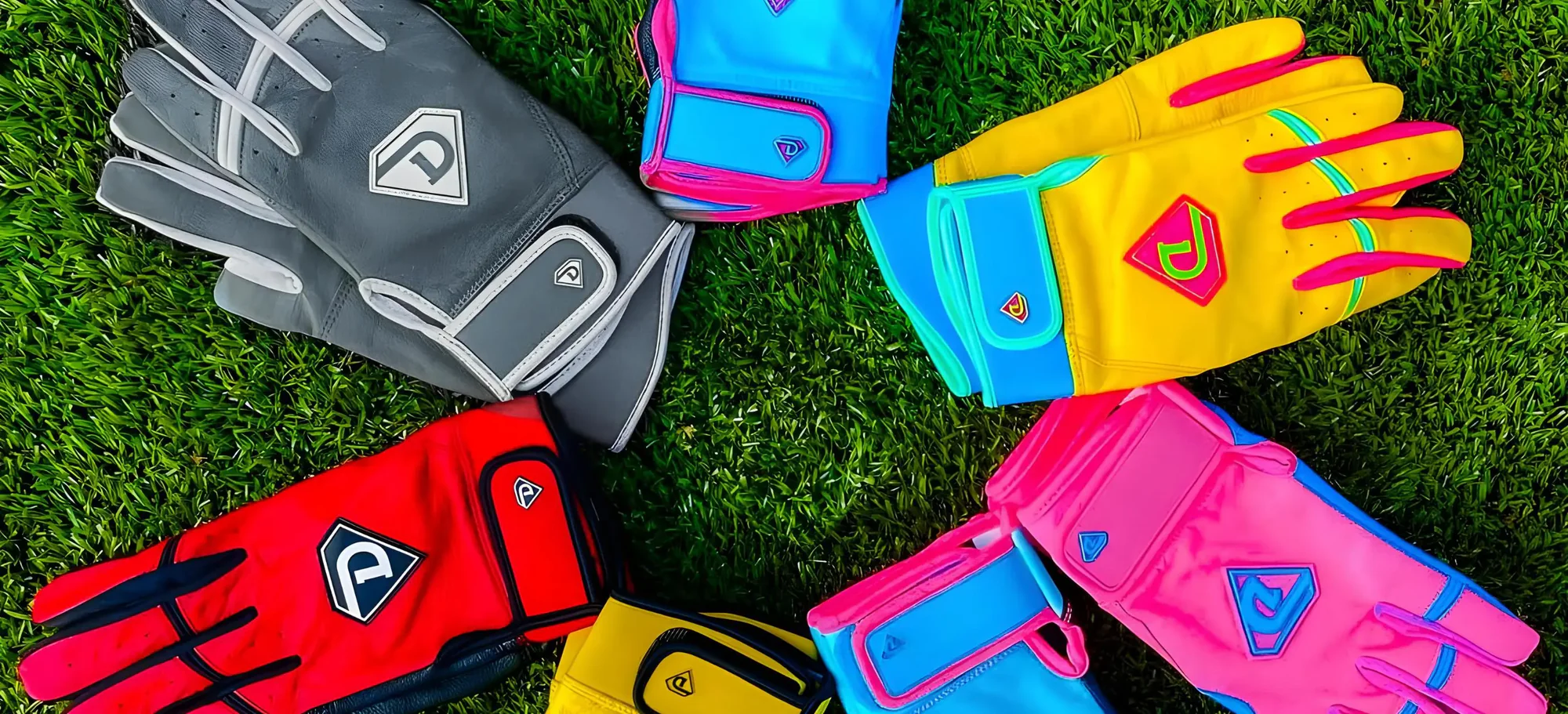D1 Baseball Gloves & D1 Athletics provide all batters with an advantage. The D1 betting gloves come equipped with a built in hitting aid. Enhance your game with D1 today! www.d1baseballgloves.com
Baseball gloves are not just sports equipment; they’re an extension of the player, crucial for performance and success on the field. Given their importance, it’s vital to maintain your glove properly to ensure it lasts through many seasons of play. This guide offers seasonal care tips to keep your glove in top condition year-round.
Spring Preparation: Waking Your Glove from Hibernation As the season approaches, it’s time to get your glove game-ready. Start by gently cleaning your glove with a soft cloth and a leather-safe cleaner to remove any dust or mold accumulated during the off-season. Apply a light layer of leather conditioner to keep the material supple and prevent cracking. Work the conditioner into the leather with your fingers, a soft cloth, or a sponge, focusing on areas that see a lot of bending and stretching. Allow it to absorb and wipe off any excess.
Summer: In-Season Care During the playing season, your glove will see a lot of action, which means it’ll accumulate dirt, sweat, and possibly even rainwater. After each game, wipe down your glove with a dry cloth to remove moisture and debris. If your glove gets wet, let it air dry naturally away from direct heat sources, which can warp the leather. Mid-season, consider a light re-application of conditioner to areas that are starting to feel stiff or are showing signs of wear.
Fall: Post-Season Conditioning After the season ends, give your glove a thorough cleaning to remove built-up grime. Apply a conditioner more liberally than you do in spring, as the glove will have time to fully absorb it over the off-season. This is also a good time to check for any damage or areas that might need repair. Once conditioned, store your glove in a cool, dry place, preferably in a glove bag or wrapped in a cloth to protect it from dust and moisture.
Winter: Storage and Inspection While your glove is mostly resting during the winter, it’s a good time to inspect it for any issues that might have gone unnoticed. Check the lacing, padding, and any metal parts like buckles for rust or damage. If you find any problems, the off-season is the perfect time for repairs or replacements, ensuring your glove is ready to go when spring training rolls around.
Additional Tips:
- Never use direct heat to dry your glove, as this can damage the leather.
- Avoid over-conditioning, which can make the glove too soft and reduce its lifespan.
- Store your glove with a ball in the pocket to help maintain its shape.






